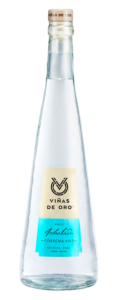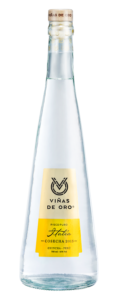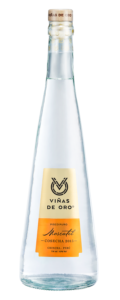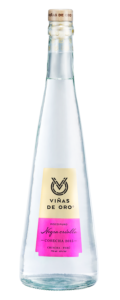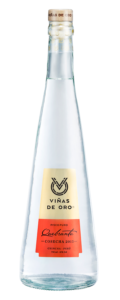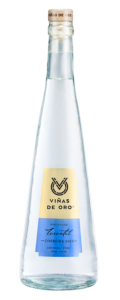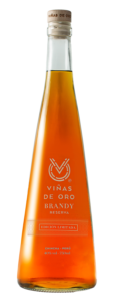Authentic Skills
Distilling both Art and Science
Viñas de Oro is located 133 miles south of Lima, Peru in the traditional district of El Carmen, Chincha in Ica. A father and son duo, Mr. Pedro and Mario Brescia have a background in agriculture engineering and a heart for adventure.
The winery opened their doors in 1983 as part of the “Breca” Agricola unit, a Peruvian business by the Brescia Cafferata family which has been in business for over 100 years. The extensive property covers eight hundred hectares, eighty of which are dedicated to growing six types of Pisco grapes.
Viñas de Oro values social and environmental responsibility in farming and production methods. Traditional distillation combined with modern production techniques ensure an exquisite Pisco collection of the highest quality.
Pisco History
The term “pisco’ has its origin in a pre-Hispanic Quechua word which means “bird.”
Inca ancestors admired the number of coastal birds in the region, referring to the coastal valley as “Pisko,” where the famous Paracas culture was also established.
On the other hand, it was in the 16th century that grapes arrived in Peru from the Canary Islands brought by Marquis Francisco de Caravantes. Historians indicate that the Macahuasi hacienda in Cuzco was the place where the first wine was produced in South America.
Once Limas was founded in 1535, they built churches which brought a demand for increased wine. Vineyards flourished in the Ica Valley.
In 1574 the Spaniards established themselves in ‘Pisko,’ which became one of the main regional trading routes and was primal point of silver shipments to Spain.
Distillation of wine, resulting in Pisco is said to have begun around the turn of the 17th century.
TYPES OF GRAPES
Aromatic
- Italia
- Torontel
- Moscatel
- Albilla
Non-Aromatic
- Quebranta
- Negra Criolla
- Mollar*
- Uvina*
TYPES OF PISCOS
Pure Pisco: Made with a single varietal of pisco grape.
Pisco Acholado / Blended: Mix of two or more varietals of pisco grapes; the mix depends on the producer criteria.
Pisco Mosto Verde: Fermentation is interrupted so that higher contents of sugar from the ‘mosto’ remain in the final product.


